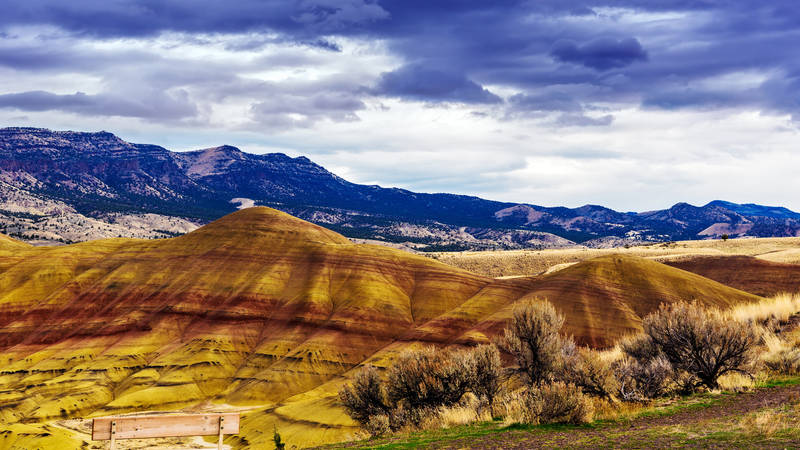Statement by Tom Kiernan, President for the National Parks Conservation Association
“The National Parks Conservation Association expresses deep concern about the devastating impacts that Hurricane Sandy has had on the region, local communities, families, and our national parks. We hope that National Park Service employees, their families, national park visitors and our members throughout the region are safe, as well as the millions of Americans who lost their loved ones, homes and businesses.
“According to the National Park Service, dozens of national parks have closed and many are suffering from extensive damage. We support the National Park Service’s efforts to manage and mitigate the devastating impacts of Hurricane Sandy to our national parks. As recovery staff continue to assess the full impact of the storm, we hope our national parks will not be overlooked when it comes to disaster relief funding.
“Our national parks already suffer from an operations shortfall of more than $500 million annually and cannot afford additional costs associated with storm recovery. We urge Congress and the Administration to provide disaster relief funding to the National Park Service so that they are able to repair these special places and keep them open for our citizens, children and grand children to enjoy.”
Below is a partial list of the serious impacts provided by the National Park Service (NPS) at this time:
• National Parks of New York Harbor – Damage to Castle Clinton is unknown at this time as extensive flooding in Battery Park has made it inaccessible. Visitors and residents in New York City are largely stranded as subway and bus service is suspended. Most tunnels in and out of NYC are flooded.
• Statue of Liberty/Ellis Island – Landscapes and infrastructure have been severely damaged as all electrical and mechanicals on Ellis Island were underwater; a fuel tank was dislodged. Liberty Island may have lost all high voltage equipment as well, and thus may be closed for an extended period.
• Fire Island – the barrier island experienced overwash in several locations. Communities were flooded, nearly two dozen homes lost and thousands severely damaged. Roads are impassable and most dunes appear to be leveled. NPS docks and boardwalks were washed out, visitor centers and campgrounds damaged. The NPS headquarters on the mainland appears to be operational but is surrounded by water and areas with no power.
• Gateway National Recreation Area– damage from widespread overwashing. Sandy Hook is closed and inaccessible. Landscapes are destroyed, docks, walkways and other facilities severely damaged. There is damage to NPS facilities, employee homes and property damage at Jamaica Bay, Sandy Hook, and other sites.
• Governor’s Island – Major dock is missing and buildings are filled with 2-3 feet of water.
• National Capital Region (23 park units)– all parks are closed with several reporting light damage and debris. Flooding is possible over the next week from rising water levels in rivers and streams.
• Assateague Island – most of the island is still under water and will be until out of lunar cycle. Park will be closed today. Walk-in campsites have been damaged, parking lots are covered with sand and Virginia parking lots sustained significant damage.
• Valley Forge National Historical Park/Hopewell Furnace - both parks are without power. Major roadways are open at VAFO. Trees are down and debris is scattered, but no significant damage yet found to historic structures.
• Morristown – closed, with hundreds of trees down.
• New River Gorge –significant snow accumulation (18-24") with more on the way. Widespread power outages.
For additional information, please visit www.nps.gov.
###
About National Parks Conservation Association
Since 1919, the nonpartisan National Parks Conservation Association (NPCA) has been the leading voice in safeguarding our national parks. NPCA and its more than one million members and supporters work together to protect and preserve our nation’s natural, historical, and cultural heritage for future generations. For more information, visit www.npca.org.
For Media Inquiries
-
General
-
- NPCA Region:
- Mid-Atlantic
-
-
Issues


